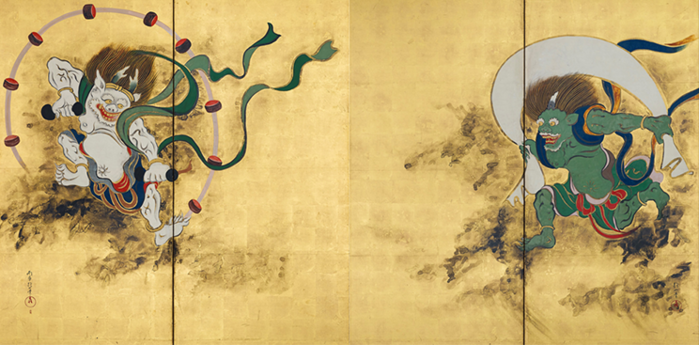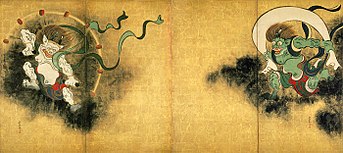2021年10月29日 星期五
Evolve or die: How nimble Keyence grew into a $140bn titan
2021年10月27日 星期三
新萬圓日幣紙鈔實體亮相 預計2024年流通 新版萬圓紙鈔正面肖像是「日本資本主義之父」澀澤榮一
新萬圓日幣紙鈔實體亮相 預計2024年流通[影]
(中央社東京1日綜合外電報導)預計2024年度上半年開始流通的日本新紙鈔,今天已在國立印刷局東京工廠開始印製。這是日本從2004年以來再度更新紙鈔設計,今天也是首度對外公開新萬圓紙鈔實體真面目。
日本朝日新聞報導,這次預計更新設計的面額分為1萬日圓、5000日圓及1000日圓3種;至於市面上很少見到的2000日圓紙鈔則未更新。
新的萬圓紙鈔正面有「日本資本主義之父」稱號的澀澤榮一畫像;5000日圓正面肖像是創立津田塾大學的津田梅子;1000日圓正面是確立血清療法的北里柴三郎畫像。
這次變更萬圓紙鈔正面肖像,是繼1984年從聖德太子變成福澤諭吉後,時隔40年再度變更(算到2024年新鈔正式流通)。
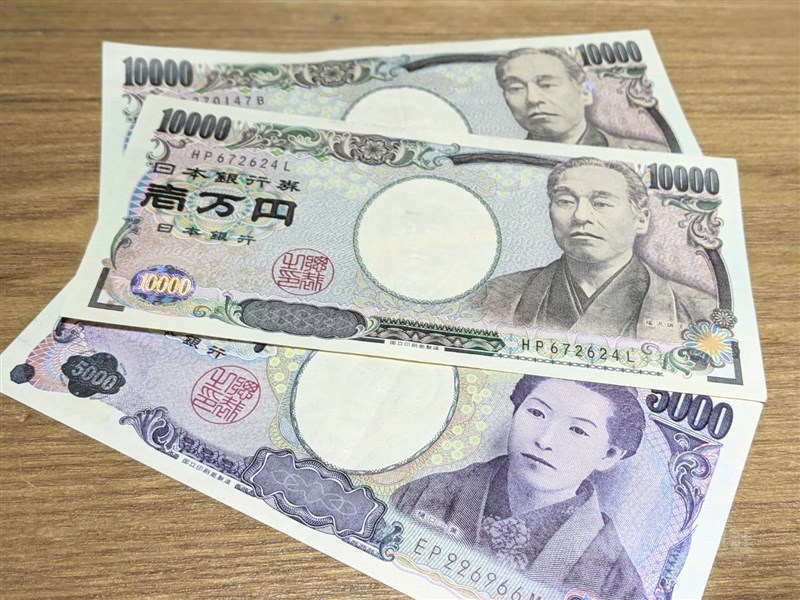
再看新鈔背面設計,萬圓紙鈔背面從鳳凰像變成東京站丸之內建物;5000日圓從燕子花圖變成藤花;1000日圓從富士山跟櫻花變成葛飾北齋富嶽三十六景「神奈川沖浪裏」。
今天在場見證新萬圓紙鈔印製的財務大臣麻生太郎說,這是符合現今時代的設計。
雖然明明距離新紙鈔問世還有兩年半以上,但現在就開始印製主要是為了讓ATM、自動販賣機及店家收銀機等會處理到新紙鈔的機器,能預先進行測試,避免正式流通時發生困擾或問題。
財務省等單位表示,新紙鈔在防偽上做了更多設計,採用最先進的技術讓肖像看起來立體可動、水印也更加精細;另外也採用大字體與紙面設計,對視覺障礙者及高齡者更為友善。(譯者:黃名璽/核稿:劉學源)1100901
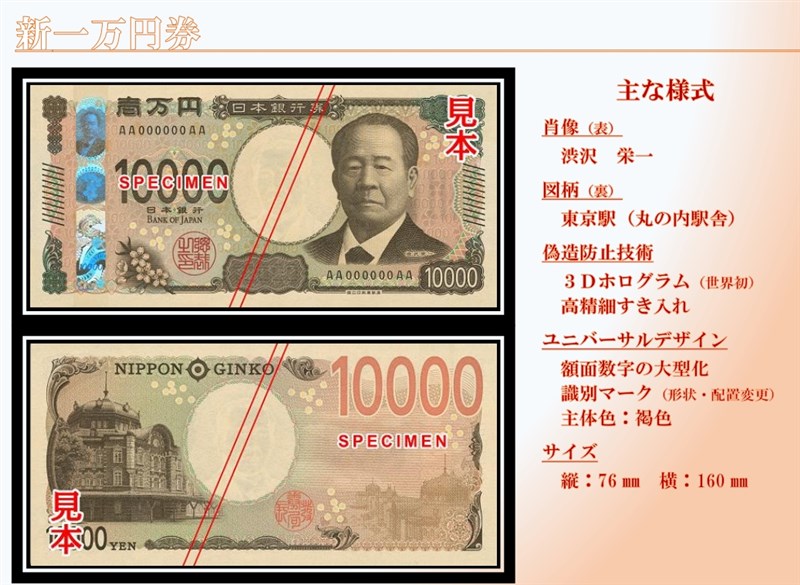
2021年10月26日 星期二
中俄軍艦繞行日本美海軍部長批「霸凌」
2021年10月22日 星期五
Sakai Hōitsu ( 酒井 抱一; August 1, 1761 – January 4, 1829)
Sakai Hōitsu
Sakai Hōitsu 酒井 抱一 | |
|---|---|
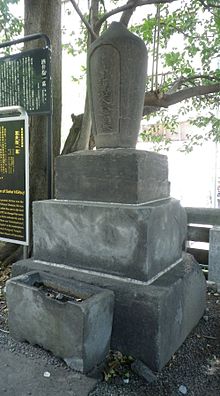 Sakai Hoitsu's tomb | |
| Born | 1 August 1761 |
| Died | 4 January 1829 |
| Nationality | Japanese |
| Known for | |
Notable work |
|
| Movement | Rinpa school |
Sakai Hōitsu (Japanese: 酒井 抱一; August 1, 1761 – January 4, 1829) was a Japanese painter of the Rinpa school.[1] He is known for having revived the style and popularity of Ogata Kōrin, and for having created a number of reproductions of Kōrin's work.
Biography[edit]
Sakai Hōitsu was born on 1 August 1761 in Edo.[2] His father was the lord (daimyō) of Himeji Castle in Harima Province.
The Sakai daimyō clan originated in Mikawa Province. They claim descent from Minamoto no Arichika. Arichika had two sons: one of them, Yasuchika, took the name of Matsudaira; and the other son, Chikauji, took the name of Sakai, and this is the ancestor of the Sakai clan. Sakai Hirochika, the son of Chikauji, had two sons as well; and the descendants of these two sons gave rise to the two principal branches of the clan.[3]
A cadet branch of the Sakai is composed of the descendants of Sakai Masachika, who was a vassal of the Tokugawa – Nobutada, Kiyoyasu et Hirotada. In 1561, Masachika was installed at Nishio Castle in Mikawa province, and the security of the castle was confided in him.[3] In 1590, Sakai Shigetada, the son of Masachika, received the domain of Kawagoe in Musashi Province (15,000 koku); then in 1601, he was installed at Umayabashi in Kōzuke province (35,000 koku).[4] In 1749, Sakai Tadakiyo (1626–1681) and his descendants were transferred to Himeji in Harima Province (150,000 koku); and they remained daimyō at Himeji until the Meiji period.[4]
Moving to Kyoto, Hōitsu began his studies in art in the Kanō school before moving on to study under Utagawa Toyoharu of the ukiyo-e style. He later studied under Watanabe Nangaku of the Maruyama school and Sō Shiseki of the nanga style before finally becoming a painter of the Rinpa school.
Hōitsu, citing poor health as a reason, became a Buddhist priest in 1797,[5] and spent the last 21 years of his life in seclusion. During this time, he studied the work of Ogata Kōrin extensively, as well as that of Kōrin's brother Ogata Kenzan, and produced a number of reproductions of the brothers' works. He also produced two books of woodblock prints of the brothers' work, as well as one book of his own; these were titled Kōrin Hyakuzu (1815), Kenzan Iboku Gafu (1823), and Oson Gafu respectively. He died at the age of 66, on 4 January 1829, in Edo.[6]
Style[edit]
Hōitsu's style shows elements of the realism of ukiyo-e, but resembles particularly the decorative style of Ogata Kōrin, which Hōitsu took major steps to revive.
According to critic Robert Hughes, the core achievement in painting during the Edo period was the allusive and delicate work of the Rinpa artists; and in Hōitsu's large folding screen Flowers and Grasses of Summer and Autumn, he says, "you can almost feel the wind bending the rhythmical pattern of stems and leaves against their silver ground."[7] In another screen, Flowering Plants of Summer, Hughes suggested that Hoitsu "possessed epigrammatic powers of observation," as demonstrated in another screen, Flowering Plants of Summer, in which "the fronds bend and bow under the summer rain, weaving a delicate lattice of green against the now tarnished silver ground."[8] According to scholar Meccarelli the style used for painting vegetation was not faithful to chiaroscuro or naturalism, but rather retook the flora and fauna decorative paintings of Nanpin school.[9]
Works[edit]
Flowering Plants of Summer and Autumn (夏秋草図屏風) is a pair of two-folded byōbu folding screens made using ink and color on silver and gold-foiled paper. The work depicts plants and flowers from the autumn and summer seasons, and it is considered one of his best paintings.[10]
It was painted on the back of Kōrin's Wind God and Thunder God screens (show below), that Hōitsu's family owned. The monumental two-sided byōbu screens became a symbol of the Rinpa tradition, but both sides of the screens have since been separated to protect them from damage.[11]
The screens measure 416.6 by 461.8 centimetres (164.5 in × 181.8 in) each.[12] They are now part of the collection of the Tokyo National Museum, where they are exhibited occasionally. They are an Important Cultural Property.[13]
Wind God and Thunder God (紙本金地著色風神雷神図) is a pair of two-folded screens made using ink and color on gold-foiled paper. They are an homage to both the original painting by Tawaraya Sōtatsu and Kōrin's later copy.[14] The screens depicts Raijin, the god of lightning, thunder and storms in the Shinto religion and in Japanese mythology, and Fūjin, the god of wind. All three versions of the work were displayed together for the first time in seventy-five years in 2015, at the Kyoto National Museum exhibition "Rinpa: The Aesthetics of the Capital".[15]
The screens now belong to the Idemitsu Museum of Arts in Tokyo, where they were last displayed from September 16 to November 5, 2017 in The Art of Edo Rimpa exhibition.[16]





